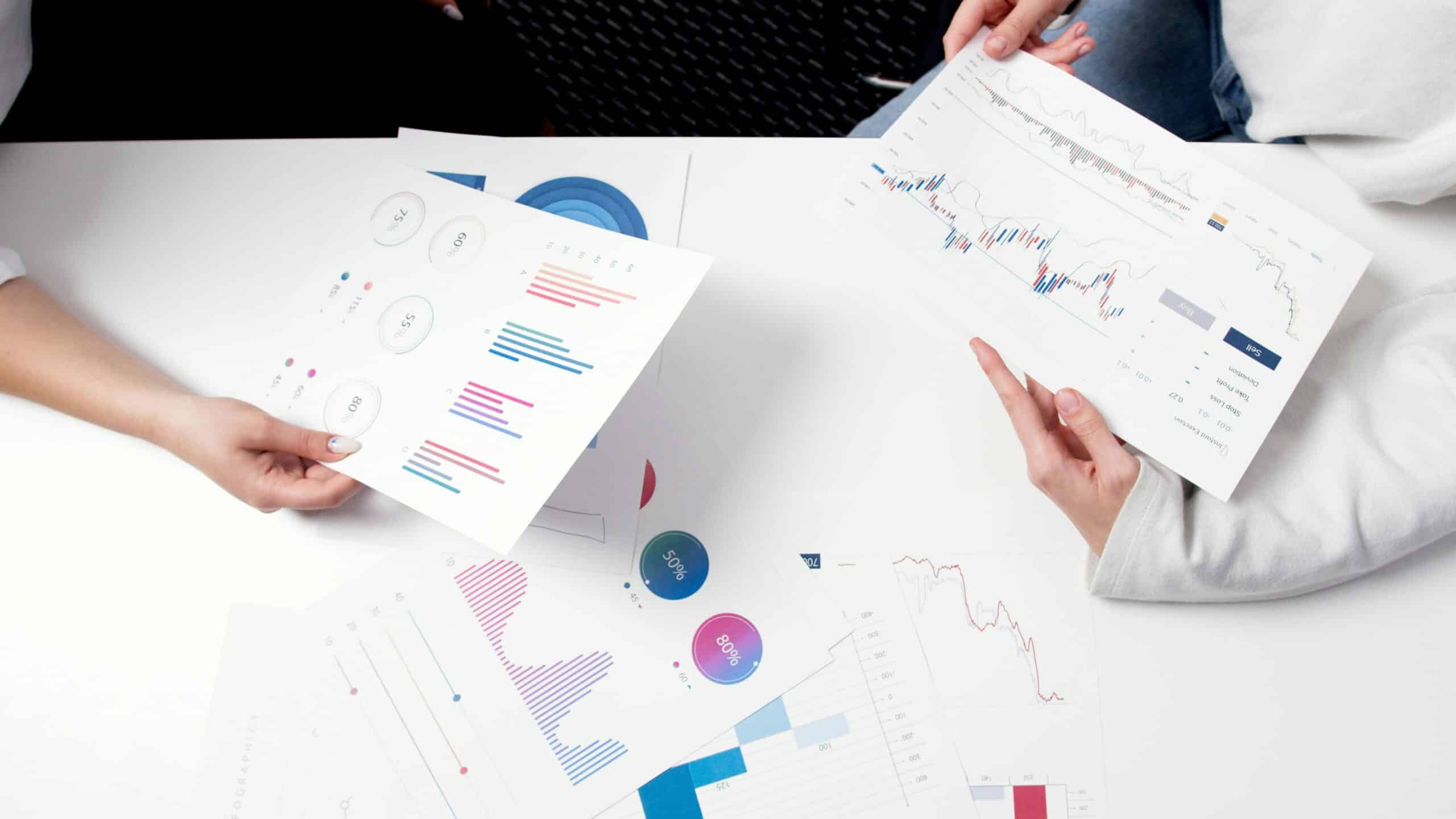What is trend analysis?
Trend analysis is a methodical approach to anticipating future developments by systematically examining data from the past and present.
It is used in numerous areas such as marketing, technology, fashion or business.
Trends can occur in various dimensions, be it in social behavior, consumer habits or technological innovations.
How does trend analysis work?
Step 1: Data collection and observation

Trends often begin as subtle changes.
Data is collected from various sources: from social media and market research reports to cultural observations.
The aim is to identify patterns and commonalities.
Step 2: Identification of early indicators
Small signs, so-called “weak signals”, provide indications of possible future changes.
These could be, for example, an increasing demand for sustainable products or the emergence of new technologies.
Step 3: Evaluation and interpretation
Not every trend has long-term potential.
It is therefore crucial to evaluate trends based on their relevance, reach and potential longevity.
Step 4: Forecast
Based on the insights gained, a prediction is made as to how a trend could develop.
This is where data-based tools such as artificial intelligence or big data analysis come into play.

Why is trend analysis so important?
In a rapidly changing world, standing still is tantamount to going backwards.
Companies that recognize trends early on can exploit competitive advantages, promote innovation and better understand their customers.
At the same time, trend analysis helps to minimize risks by preparing for potential market changes.
It is an essential tool for strategic thinking and future-oriented decisions.
Practical examples of successful trend analyses
- Technology:
Identifying the smartphone trend has made companies such as Apple and Samsung global market leaders. - Sustainability:
Brands such as Patagonia recognized the desire for environmentally friendly products early on and built their business successes on this. - Social movements:
The rise of social media platforms is based on the early recognition of the human need for digital connectivity.
Conclusion: The art of reading the future
Trend analysis is far more than just a method – it is a tool for actively shaping the future.
It requires curiosity, creativity and a healthy dose of skepticism.
The best trend analysts are not fortune tellers, but attentive observers who recognize the opportunities of tomorrow in the currents of the present.
In a time of change, one thing remains clear: those who ignore trends are surfing in the shadow of those who are already riding the next wave.



